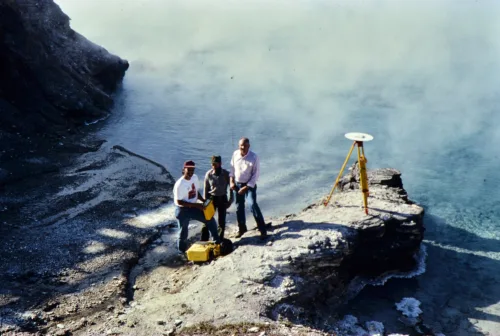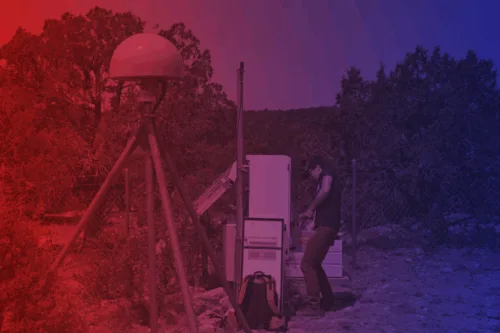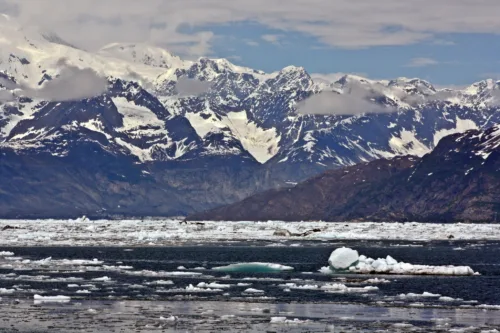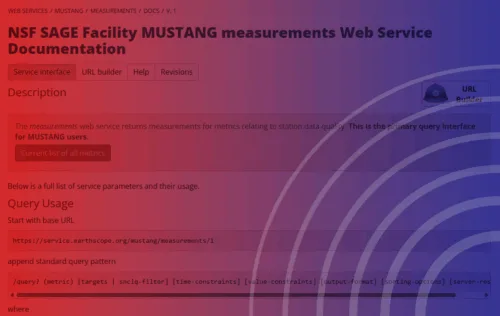
Intern Spotlight: Beck Hufstetler (Student Careers)
Beck Hufstetler is one of EarthScope’s 2025 Science Communication Interns, working with Scott Johnson and Emily Zawacki. She’s working on creating videos and articles about how scientists locate materials deep underground, and why these materials are so important.










